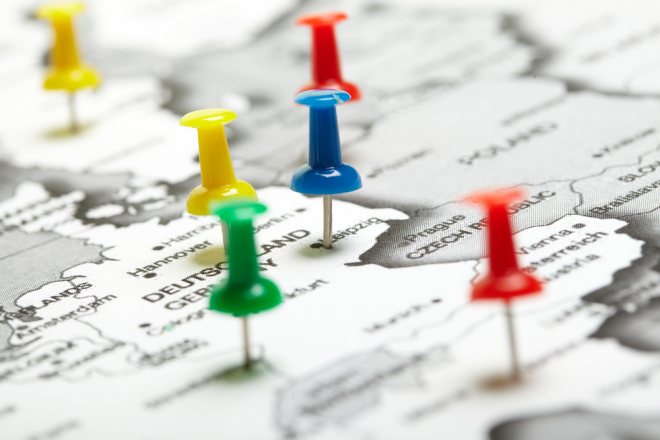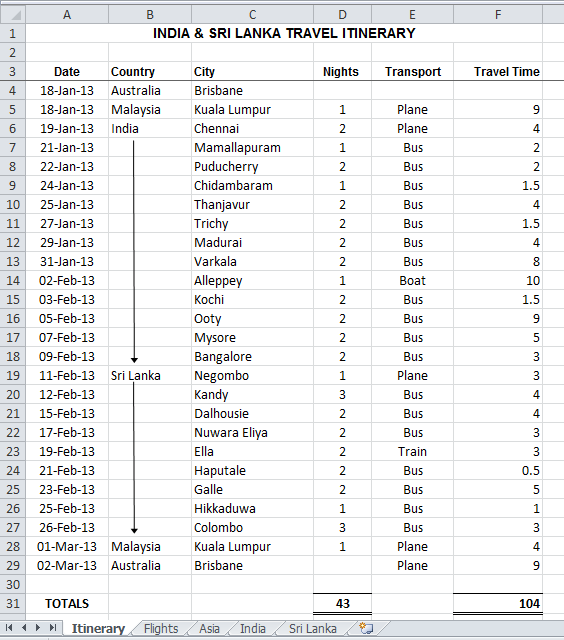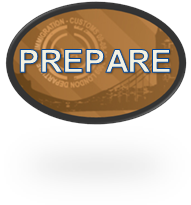Travel Itinerary
For many backpackers, an important part of planning your trip is making a travel itinerary. Of course there are some who like to set out with no particular plan and that may be fine if you have plenty of time. If you are more limited for time though, I’d recommend having at least a reasonable idea of where you want to go and what you’d like to do.
An Itinerary in Five Easy Steps
1.Creating a travel itinerary is like creating a piece of artwork. It begins with a pencil sketch before using a pen and finally it is painted to produce the finished item. Assuming the country or geographic region has been chosen, the pencil work is simply identifying potential destinations of interest. It’s not important at this stage to consider the logistics such as travel times between cities and how long to spend in each of them. That’ll come later but for now just see what inspires your interest and imagination.
2.With that done, it’s time to use your pen. This will create some more definition to your itinerary by linking the destinations together in the most logical and efficient way. The most important consideration here will be whether you are travelling through or around a country. In other words, do you need to return to your arrival point or are you going across an overland border to a neighbouring country? Perhaps you have an onward flight from a different city. Once you have clearly answered these questions, your artwork will begin to take shape.

Now it is time to use your paint. This is where you begin to decide how many nights you should stay in each chosen destination and the time it will take to travel between them. The primary consideration here is whether you are working within a predetermined period or unlimited by time. Either way, the process is much the same. Start by reading about places in your guidebook. You obviously don’t need to read everything; what you’re trying to do is get a feel for the number of tourist attractions that you think are worth visiting and how long you think it’ll take.
4.The final step is to determine approximate travel times between destinations. The reason for this is so that you know whether a whole day will be spent in transit or if you’ll have some time for some sightseeing on your arrival. If a journey taken in the morning is only three or four hours it will leave the afternoon to explore the destination. Alternatively, you may want to finish your sightseeing in the morning and then travel on in the afternoon.
Using this information should enable you to allocate the appropriate number of nights but do remember that it’s not an exact science. Obviously you haven’t been there before so you don’t know for certain; it’s your best estimation based on what interests you and the information you have about it. So by now, you should have a list of travel times, destinations and the proposed number of nights in those destinations. I find putting this information into a spread sheet is the best way to view and make amendments to it.

Example intinerary spreadsheet

Additional worksheet for flights
Your artwork is nearly complete but not quite. Just as an artist would step back from the painting to get an overview of it, do the same for your itinerary. Look in particular at the total number of nights. Is it within your time limit or what you feel is reasonable? If not, you’ll need to do some tweaking. Remove a night here and there or add one if you feel it’s warranted. It may be that you have to remove a destination completely and if that happens then so be it. In the end, I’m sure you’ll get a result that you’re happy with and you’ll be able to put to good practical use.
In my book Travel Unravelled I’ve explained in more detail how to create an itinerary, starting with choosing your destinations and the best time to visit them. Use the link below to see some of the travel itineraries that I’ve created and used for previous trips.










